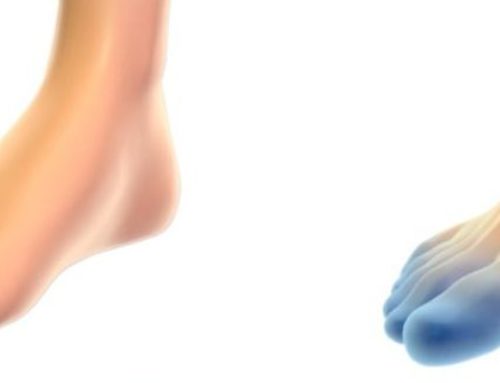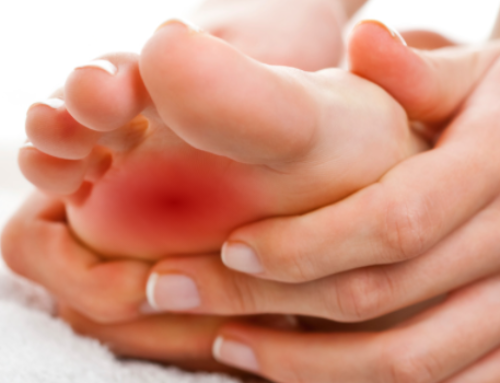
Tailor’s bunions (also known as bunionettes) originally got their name centuries ago when tailors sat for hours on end, with their legs crossed and the edge of their feet rubbing on the hard ground. This constant rubbing led to a bump on the pinky toe, and over time this small bump got larger and more painful.
Today, the main cause of tailor’s bunions is due to wearing ill-fitting shoes that are narrow at the toes. When restrictive footwear is combined with a high heel, which aids in pushing toes into narrow spaces, the resulting pain and deformity of toes will increase. Tailor’s bunions are more commonly found in middle-aged females.
Symptoms of tailor’s bunions include pain, swelling, redness and restrictive movement of the pinky toe. The pain associated with tailor’s bunions is usually centralized in the small toe joint. Pain is continuous and generally worsens when poor fitted and/or poorly constructed footwear is removed. Tailor’s bunions are easily diagnosed by a visual inspection, but an X-ray is usually ordered to determine the extent of the toe deformity.
Besides restrictive footwear, other causes of tailor bunions may include: flat feet, family history, arthritis, and muscle weakness. When bunionettes are left untreated, more painful complications may arise, such as bursitis, hammer toe, calluses, corns and infections (especially when the skin is broken).
Treatment options include:
- Switching to shoes that have a wider “toe box”, so your toes are not squeezed together.
- Avoid high heels and shoes that have pointed toes.
- Specialized pads placed over bunionettes may help relieve pain and pressure.
- Over the counter pain relievers may help reduce swelling and chronic pain
- An ice pack (covered in cloth) placed over the affected area may also help to temporarily reduce pain and swelling.
- Corticosteroid shots may provide some relief, as they are designed to specifically treat the tissue that surrounds the joints.
- A customized orthotic device may be suggested, before surgery is considered to be an option to treat tailor bunions.
Surgery should be considered when the treatment options suggested above do not provide relief from the chronic pain. The recovery time expected from surgery varies depending, on a person’s age, activity level, extent of the deformity, and the exact medical procedure conducted.
Tailor’s bunions surgery (known as bunionectomy) is used for extreme cases, and only when the toe can no longer be manually righted into the correct (non-painful) position. During a bunionectomy, the excess bony matter is removed and the toes are put back into a normal position. In some instances, the toes may need to be secured in place with surgical pins. The good news is that more than 75% of individuals that have bunions will not require surgery (especially if they follow simple footwear care).
Doctor Lefkowitz and his friendly staff will be happy to help you find relief from your pain caused by tailor’s bunions. Call them today at 215-230-9707, to schedule an appointment and see them at the Doylestown office.



